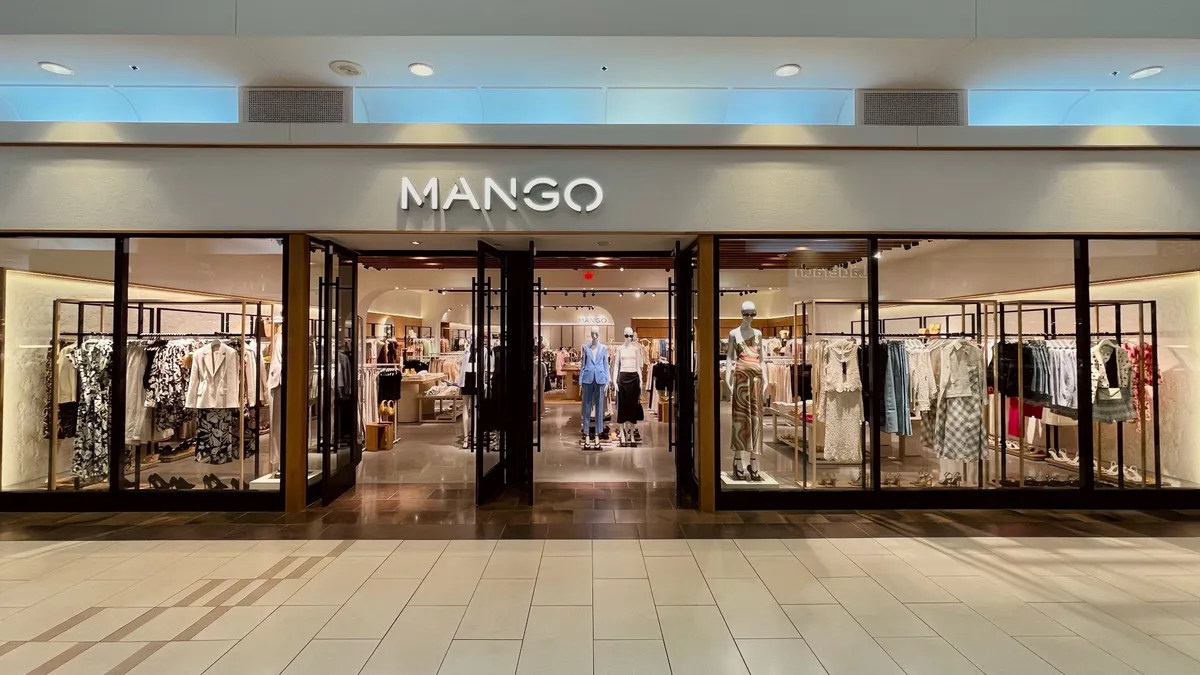Four days, 150 sessions, five keynotes — to say MODEX 2018 was a whirlwind of a trade show is an understatement.
The supply chain conference organized by MHI, formerly the Materials Handling Institute, focuses on exhibiting the equipment operations managers need to improve their facilities and provides plenty of opportunities to learn about emerging trends and solutions.
Yet the greatest value at conferences often does not come from formal sessions – but rather from conversations with peers. Here are Supply Chain Dive’s five takeaways from the show:
1. Warehouses are extremely dynamic and customizable
The distribution center has become the battlefront amid the war to win consumers’ hearts.
The Amazon Effect has driven retailers and manufacturers alike to compete over cost – or create new revenue – and the warehouse is the perfect place to start. Amid equipment, space and labor considerations, facilities provide ample opportunity to reduce overhead spend or improve productivity.
But they always have – and that has created a unique culture at materials handling shows.
A 500,000-square-foot building with a dozen operating systems to coordinate has far different needs than a 40,000-square-foot facility for a small manufacturer.
As a result, many of the news announced at MODEX revolved around partnerships or system upgrades, rather than ground-breaking new technologies. Vendors trying to reach warehouse managers must adapt to them – not the other way around.
If you see one warehouse, chances are the second one you visit will be vastly different in terms of equipment and systems. Models for how to measure cost and value, however, are universal.
2. Labor supply concerns are driving innovation
Warehouse managers in the U.S. are struggling to find labor to fill their massive new buildings. Picking, packing and loading are labor intensive jobs, but as the economy improves, so do the options for workers.
Good warehouse locations are often saturated with labor opportunities, so facilities managers are pulling all tricks out of the hat to hire and retain workers. There is talk employers are, for example, loosening drug testing restrictions. Or, choosing a location with warehouse "underemployment" — that is, where the target warehouse workers work farther or for less pay than they would like.
Locus Robotics is even "hiring out" its autonomous, collaborative warehouse robots, so buyers can substitute labor costs for OpEx, rather than using up the capital expense budget.
3. Innovation means more than new tech …
This includes finding ways to get the most productivity out of workers.
Could smart glasses help the existing labor force pick faster? Can I tell my workers where to go and what to pick better, and save time there? Do I buy ergonomic machinery, to reduce the risk of injuries and improve retention? And how do I get all my technology to work together, thereby improving my process?
The questions point not to a trend toward replacing warehouse work but making it more efficient – because facilities managers these days have no other choice.
4. … but new tech has raised the potential for optimization
The reason supply chain managers can even consider the questions above is the rate of technology innovation – that is, new concepts, algorithms and machines introduced into the industry – has far outpaced the rate of adoption.
The 2018 MHI Annual Industry Report describes 11 separate technologies currently being adopted by supply chains. The technology ranges from old concepts – like cloud computing – to new buzzwords like blockchain. But case studies make it increasingly clear none of these operate in silos.
Cloud computing systems needed to be understood and implemented before, say, IoT reached full adoption. IoT deployments, meanwhile, are enabling blockchain use cases and feeding into predictive analytics software.
All these technologies working in tandem enable supply chain managers to look at previously-siloed data, and optimize flow by improving every variable in the equation: labor, inventory, space, location, etc.
5. Small initiatives lead to big wins
In the supply chain, no single actor is responsible for an excellent customer delivery. It’s the work of the whole chain that enables it. Technology is no different.
So as operations managers think of the big initiatives they need to improve their supply chain, they should feel free to start small. A company with a big picture roadmap of the various investments that need to be made over five years, and the incremental value-adds each includes, is more likely to go all in on a supply chain redesign.
Even if a full redesign is not the goal, there is no better time than now to start rethinking flow.






















